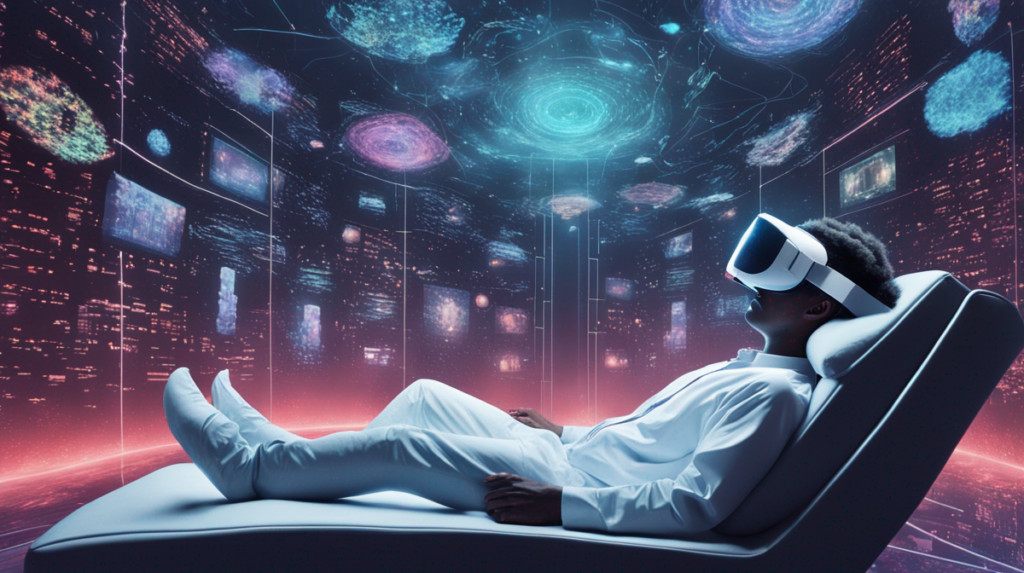
As technology advances, innovative developments such as Augmented Reality (AR) and Virtual Reality (VR) are becoming more prevalent in our daily lives. As they revolutionize our experiences in gaming, education, and healthcare, it’s crucial to examine not only the benefits they bring but also the potential health impacts they can have. This article explores the differences between AR and VR and their various health implications.
What is Augmented Reality?
Augmented Reality (AR) superimposes virtual objects on the real-world environment. Through the lens of AR-compatible devices, users engage with simulated components while remaining aware of their actual surroundings. Examples of AR in health applications include remote surgical assistance and fitness apps.
(Read Also: The Virtual Reality Classroom: Separating the Hype from the Education Reality)
What is Virtual Reality?
Virtual Reality (VR) takes the user into a wholly simulated environment. Using VR devices such as headsets, users can experience a different reality, disconnected from their physical surroundings. VR has found applications in various health domains, including pain management and mental health therapy.
Comparing AR and VR
The fundamental difference between AR and VR lies in their level of immersion. While VR offers a completely immersive experience, removing the user from their actual environment, AR blends real and virtual elements, allowing users to interact with both simultaneously.
Health Implications of AR and VR
Physical Health
Both AR and VR can pose certain risks to physical health. These include eye strain, headaches, and disorientation due to extended usage. However, these impacts can be minimized by taking frequent breaks and maintaining a safe distance from the display screen.
Mental Health
Interestingly, VR has been shown to have significant therapeutic potential. Studies indicate that VR can help treat conditions such as PTSD, anxiety, and phobias. On the other hand, potential risks include creating psychological dependencies on these virtual environments.
(Read Also: Embracing The Future: Top Digital Marketing Trends and Strategies for Healthcare Success)
Social Health
While AR and VR can foster social connections by enabling virtual meetups and shared experiences, they also risk isolating users from their physical environment and real-life social interactions. The key lies in finding a healthy balance between technology use and real-world engagement.
It’s evident that AR and VR technologies, while presenting exciting opportunities, also pose potential health risks. By staying informed and using these technologies responsibly, we can harness their benefits while minimizing potential drawbacks.
Last modified: 4 January 2024


















